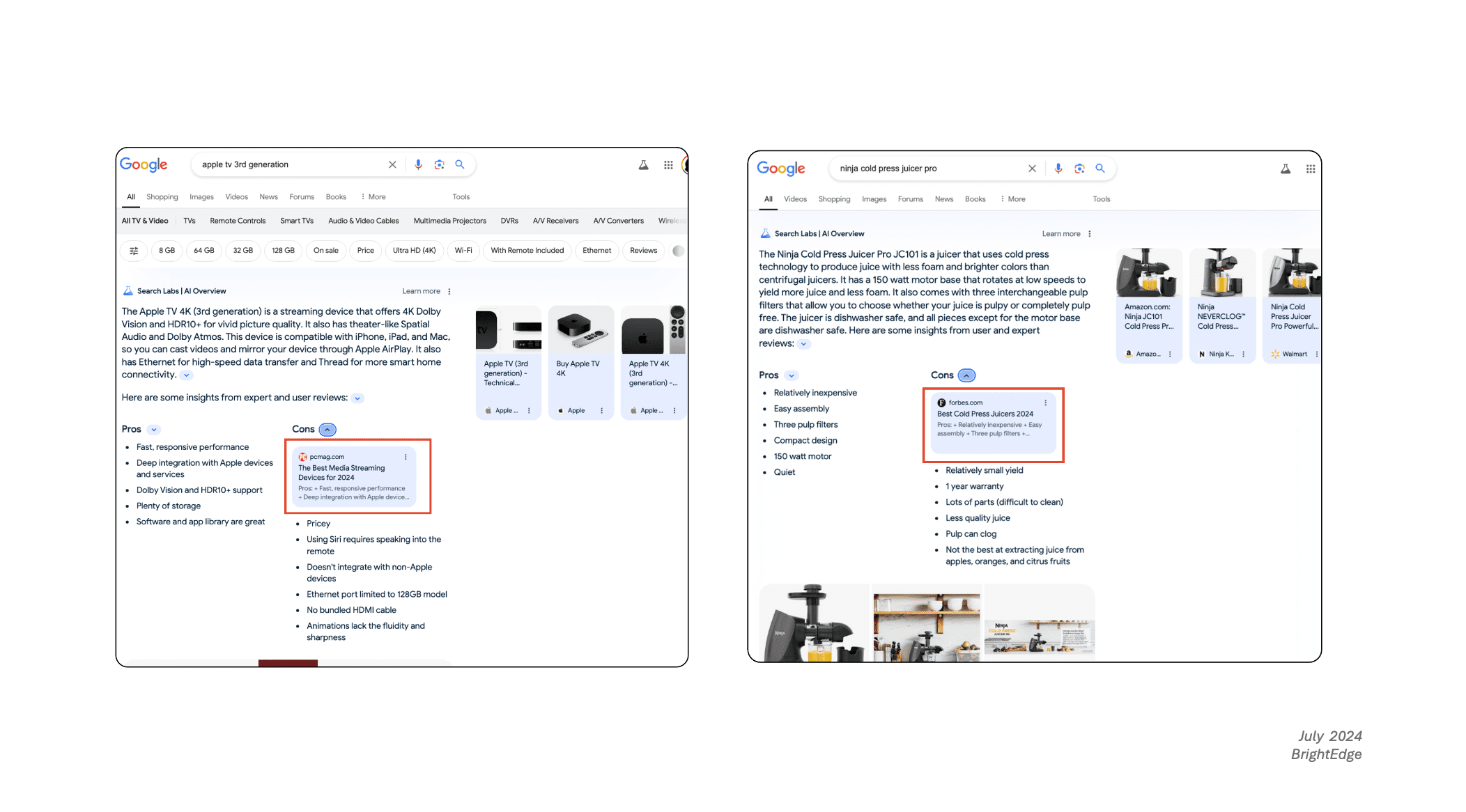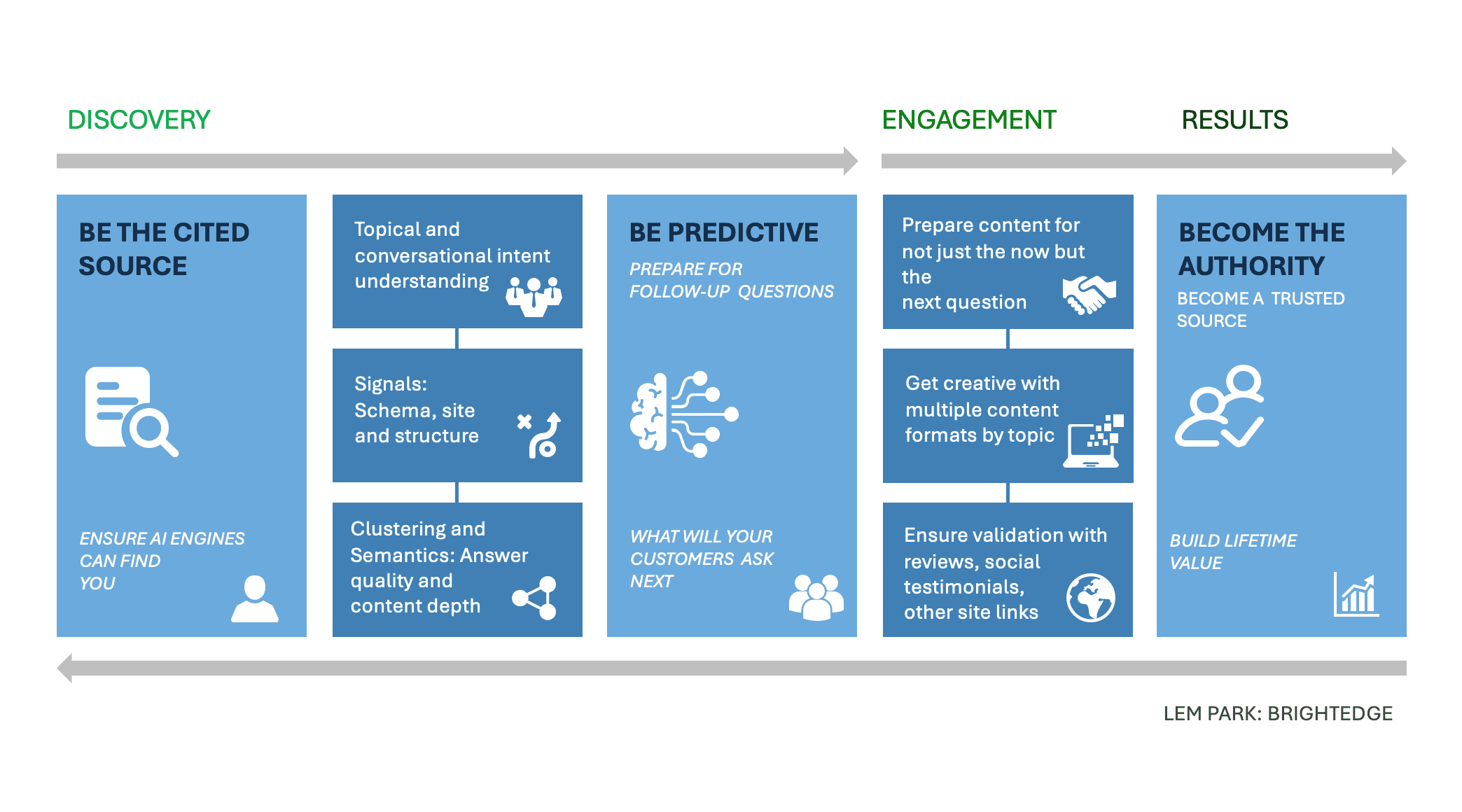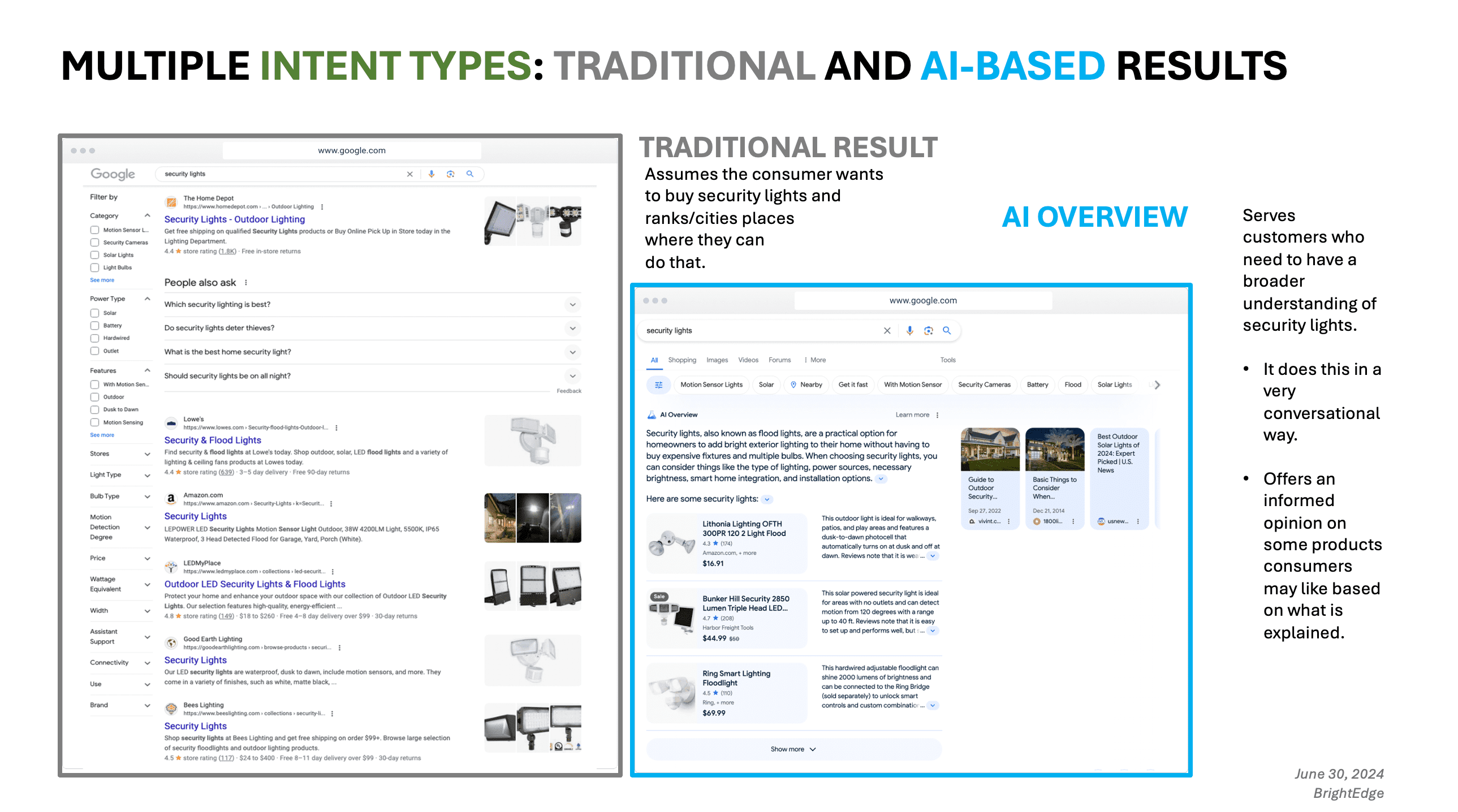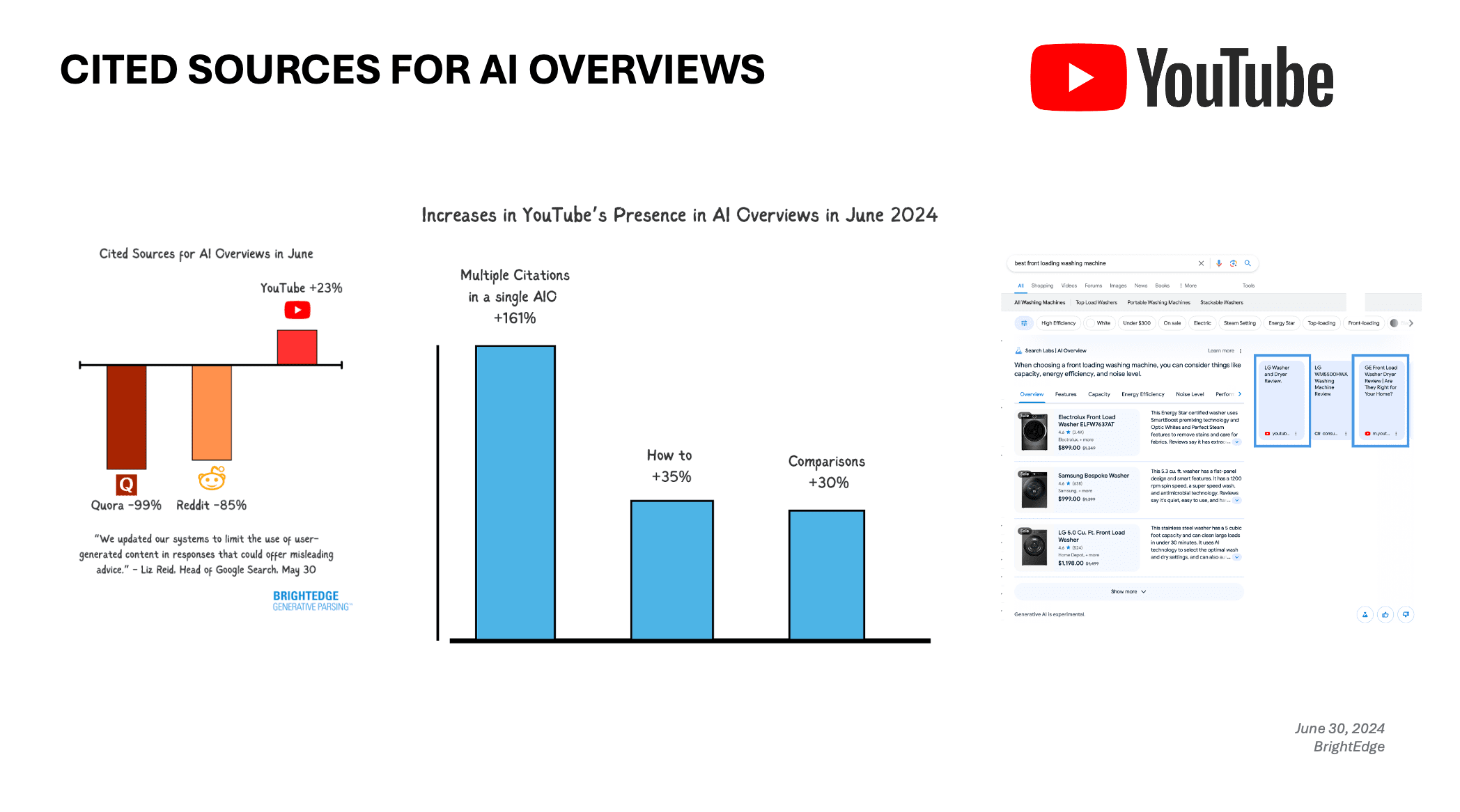Free Content Plan Template To Adapt To Your Needs This 2025 via @sejournal, @donutcaramel13

Consistency is crucial when posting content to ensure your customers remain engaged with your business and its products.
To maintain consistency, it’s essential to develop a structured posting schedule aligned with your company’s marketing objectives for optimal results.
Our content plan is designed to support this process.
But, what exactly does a content plan need? And what differentiates an effective one from an ineffective one?
This article provides an overview of productive content planning, outlining essential components, and offers a customizable free template for your content team.
What Is A Content Plan?
A content plan is a strategic roadmap that defines the what, when, and where of your content, as well as its purpose in achieving specific objectives.
It spans various content types, from snappy Instagram Reels to 2,000-word blog posts, across platforms that support your marketing funnel.
Ideally, the content should align with one of the funnel stages: Awareness, Consideration, or Conversion.
Why Do I Need A Content Plan?
A content plan helps ensure alignment and consistency within your team while smoothing out the posting schedule to keep your audience engaged.
It also supports SEO and marketing efforts by maintaining focus on key priorities. These include targeting the best keywords, creating high-quality content that satisfies search intent, and enforcing consistent publishing schedules.
By creating and implementing a content plan, you make it easier for your team to collaborate and execute effectively.
A well-structured plan ensures efficient resource allocation, minimizing delays and costs while maintaining organization and preventing redundancies.
Content Strategy Vs. Content Plan: What’s The Difference?
Although they sound interchangeable, they are not.
Content strategy refers to your overall vision and goals for content – a content marketing masterplan, if you will.
A content plan is a tactical tool that helps to implement your strategy.
You’ll need both to succeed in content marketing.
Your content strategy outlines the overarching goals and purpose of your content within the broader marketing plan.
The content plan, on the other hand, focuses on the specifics, like detailing what content will be created, when it will be published, and where it will be distributed to support the strategy and achieve your objectives.
Leverage your content plan to achieve specific goals outlined in your content strategy, such as driving organic traffic, boosting on-page engagement, and increasing conversions.
Your content strategy needs to be crafted first, with the content plan serving as a tool and blueprint to execute.
What Information Is Included In This Content Plan?
The structure of a content plan is largely determined by your specific goals and the needs of your team and organization.
For content managers, it’s essential to track who is responsible for what tasks and identify opportunities for high-quality content within the given timeframe, whether monthly or annually.
For the team, an effective content plan should provide all relevant information in a clear and easily accessible format, enabling them to efficiently create or oversee the production of content.
In our experience, every content plan includes core elements, though they may be labeled differently. These are the columns in our content plan:
- Status: Simply put, the current stage of your content. Whether it has not yet started, is in progress, is under revision, has been completed, etc., you can keep track and provide updates to stakeholders or team members during meetings.
- Title + Creator/Owner: A clear title crafted with the primary topic/keyword and reflecting the content is essential on every plan so you can reference it easily. The creator/owner is the point person for producing that specific title.
- Primary Topic/Keyword: This is the focus of your content based on keyword research. These help ensure your content is relevant, searched for, and aligned with SEO goals.
- Marketing Funnel Goals/Customer Journey Stage: Understanding the stages of awareness, consideration, and conversion (others have a fourth stage: loyalty/retention, depending on your company’s goals) allows you to tailor content to your target audience’s needs and craft the most effective messaging to engage them.
- Prioritization: With 1 being the highest and 5 being the lowest, you can prioritize which content requires more attention and budget allocation from your team.
- Content Formats And Types: Is it a blog post, white paper, infographic, or video? This is where you specify what your content will look like and what it’ll contain. The choice should be influenced by your target audience’s position in the funnel.
- Distribution Platforms: Take your pick from social media platforms, company sites, etc.
- Promotion Strategies: Whether a combination of social media push and email marketing, paid ads, or entirely organic, having a plan maximizes the visibility of your piece of content.
- Publishing Schedule: A target schedule for when it’s created until when it goes live. For the latter, it may or may not be the deadline for the writer to submit the content.
- Notes: Context for anything that doesn’t necessarily fit the above, like suggestions from stakeholders, insights from analytics, or other instructions important to creating that content.
For additional details on tone, structure, layout, word count, categories, and URLs, we recommend utilizing a content brief to maintain clarity and avoid clutter in your content plan.
Different Types Of Content To Include
We mentioned this above, but we cannot emphasize enough how every piece of content should tie in with the marketing funnel and align with your customer’s needs.
Now as a quick refresher, let’s look at each stage and discuss the types of content that work best for each stage of the customer journey.
Awareness
This type of content is going after the top of the marketing funnel (TOFU). The goal is to introduce your brand to customers and quickly capture interest.
Ideally, TOFU content should be easily consumable and easy to share. For some companies, that could be visually desirable home decor ideas or top trends on TikTok.
Common types of awareness content are:
- Social media content.
- High-volume keywords for SEO.
- Short-form videos and live streams.
- Non-branded blog posts and articles.
Learn More: How To Use SEO To Target Your Audience Throughout The Funnel
Consideration
At this point in the funnel (a.k.a. the middle of the funnel or MOFU), the customer is evaluating your brand and factoring in other solutions to their problem.
You’re already on the customer’s mind, but they need more convincing to choose you over your competition.
They need more information, and this is your chance to present your product as the solution to their pain point. Given this, your content should be more in-depth and provide evidence of solutions.
Content that works well for the consideration stage includes, but isn’t limited to:
- Blogs establishing your authority.
- How-to guides.
- Comparison content.
- Webinars.
Learn More: How To Write Content For Each Stage Of Your Sales Funnel
Conversion
This is the last stage at the bottom of the funnel (BOFU), where your customer knows your brand and has already compared all the options. They’re now ready to take action.
Aside from purchasing the products or service, this could look like a free download, subscribing to newsletters, or calling someone on your sales team.
The goal is now to encourage customers to take action and remove any blockers for a smooth process. Content types that can help in this stage include:
- Sales, promos, and coupons.
- Case studies and white papers.
- Customer feedback and user-generated content.
- Consultation offers, product demos, free trials, comparison content.
Learn More: What Is The Content Marketing Funnel
Creating Your Own Content Plan: Template + Tips
Download the content plan template here and edit it for your brand’s content team.
You can also customize it to best fit your team’s requirements. Here are some suggestions:
Tips On Tailoring Your Content Plan
1. Refine Your Content Goals And Make Them SMART
Each piece of content must serve a clear purpose from the moment it’s listed there – it should align with user intent, title formulation, format, target audience, and other elements of your strategy.
As you look at each column, continuously assess and make sure that each piece is aligned with its intended objective.
When trying to achieve more defined goals under the marketing funnel, keep SMART goals in mind (specific, measureable, actionable, relevant, and time-bound).
2. Know Where The Target Audience Is
Understanding your audience’s position in the marketing funnel and selecting an appropriate format is crucial, but it’s equally important to choose the right social media platform to engage them effectively.
Identify your target audience, explore all available platforms (both social and non-social), and decide the optimized placement for each piece of content.
Note that certain content types perform better on specific platforms: Short-form videos thrive on TikTok, Instagram Reels, and Facebook, while webinars are more sought after on LinkedIn.
3. Factor In Your Budget
When creating and publishing content, you can use the plan to carefully manage your budget.
For instance, if you’re managing a travel blog and preparing resource-intensive Christmas content for a major event, you would want to reduce your budget in other months to ensure you can invest in your event.
The plan can help you visualize where you can scale down and better allocate your budget where it’s best spent.
The great benefit of a content plan is that it gives you information about ongoing and upcoming projects at a glance.
4. Establish Your Publishing Schedule
Add or subtract as many rows as you need to when you tweak this content plan.
Your frequency of posting will depend on many factors relevant to you, so once a week might work for one brand, and five times a day is right for another news publisher.
As for social media, you could post multiple TikTok videos every day or publish static assets on Instagram as few as three times a week on social media, depending on the platform and several other factors.
Gaining credibility and growing your audience requires regularly releasing fresh content at the best times to post.
Have a rough estimate of how long it takes to craft various content types, as well as the resources needed for planning, production, and publication.
Then, try to gain insights from your customers as to how frequent they’d love to see your brand, perhaps via survey and feedback sessions.
Finally, decide the frequency based on your primary content goal.
For example, if you’re trying to grow your audience, you should probably post more frequently. But if you’re trying to gain authority, taking the time to produce higher quality content would be even better.
5. Tailor To Incorporate Into Your Workflow
You need to know who’s responsible for each piece of content.
For a smoother workflow, you need to determine what content a team member is responsible for at each step. Then, establish a process for submission, approval, publishing, and social media crossposting.
Try to structure your free content plan around your team to integrate it without much friction.
You could rearrange the columns, add a color-coded system for each member of the production team, and include COUNTIF formulas, add/subtract types, etc., if you have target numbers for each type of content.
You may also merge the top cells and leave instructions for people to tag, input URLs, etc.
Make it as granular or as broad as you need to for seamless integration.
Content Planning Reminders
So, you’ve downloaded the template, edited it to your team’s requirements, and are ready to fill out the months.
But, before you start outlining every piece of content you’ll produce this year, here are some other reminders and recommendations:
Keep SEO In Mind
It’s crucial to ensure your customers can find you, and organic search is a critical part of this.
Every piece of digital content you create should be built around your SEO strategy and be optimized to maximize visibility and reach.
Consider your keywords and strive to make helpful content that matches search intent.
Also, always be looking at your competitors through competitive analysis and content gap analysis to see if you are missing any opportunities.
Consider Crossposting And Repurposing
Get the most out of your investment in content and repurpose where you can.
For example, if you have a lengthy how-to video tutorial, you can cut that into shorts, or summarise the highlights into a post.
You can also create templates for multiple trendjacking opportunities, like the Super Bowl and Valentine’s Day.
Keep A Tab On Ideas
Content ideas tend to strike while you’re planning other ideas in your spreadsheet, so make a note that you can return to.
Consider adding another tab to your content plan spreadsheet called “Ideas” or “Idea File,” where you can list ideas for future content.
Keywords can give you extra material for generating ideas. Marketing holidays and major U.S. events are great sources for inspiration, too.
Conclusion: Make Your Content Plan Work For You
Creating a good content plan doesn’t automatically mean your brand will go viral and achieve immense success.
But, organization and workflows are essential in managing content production and implementing content strategies. It is all about planning.
Using the template provided, you might adapt it over time to suit your needs.
So, download the content plan template and start planning for the year to create your best content yet.
Happy planning!
More Resources:
Featured Image: David Gyung/Shutterstock





















![Screenshot from search for [diamond necklace]](https://ecommerceedu.com/wp-content/uploads/2024/08/screenshot-2024-08-12-at-7.51.22E280AFpm-624.png)

![Screenshot from search for [kubernetes architecture]](https://ecommerceedu.com/wp-content/uploads/2024/08/screenshot-2024-08-12-at-7.51.41E280AFpm-75.png)
![Screenshot from search for [kubernetes architecture]](https://ecommerceedu.com/wp-content/uploads/2024/08/screenshot-2024-08-12-at-7.52.06E280AFpm-362.png)

![Screenshot from search for [searchgpt]](https://ecommerceedu.com/wp-content/uploads/2024/08/screenshot-2024-08-12-at-7.52.37E280AFpm-170.png)















